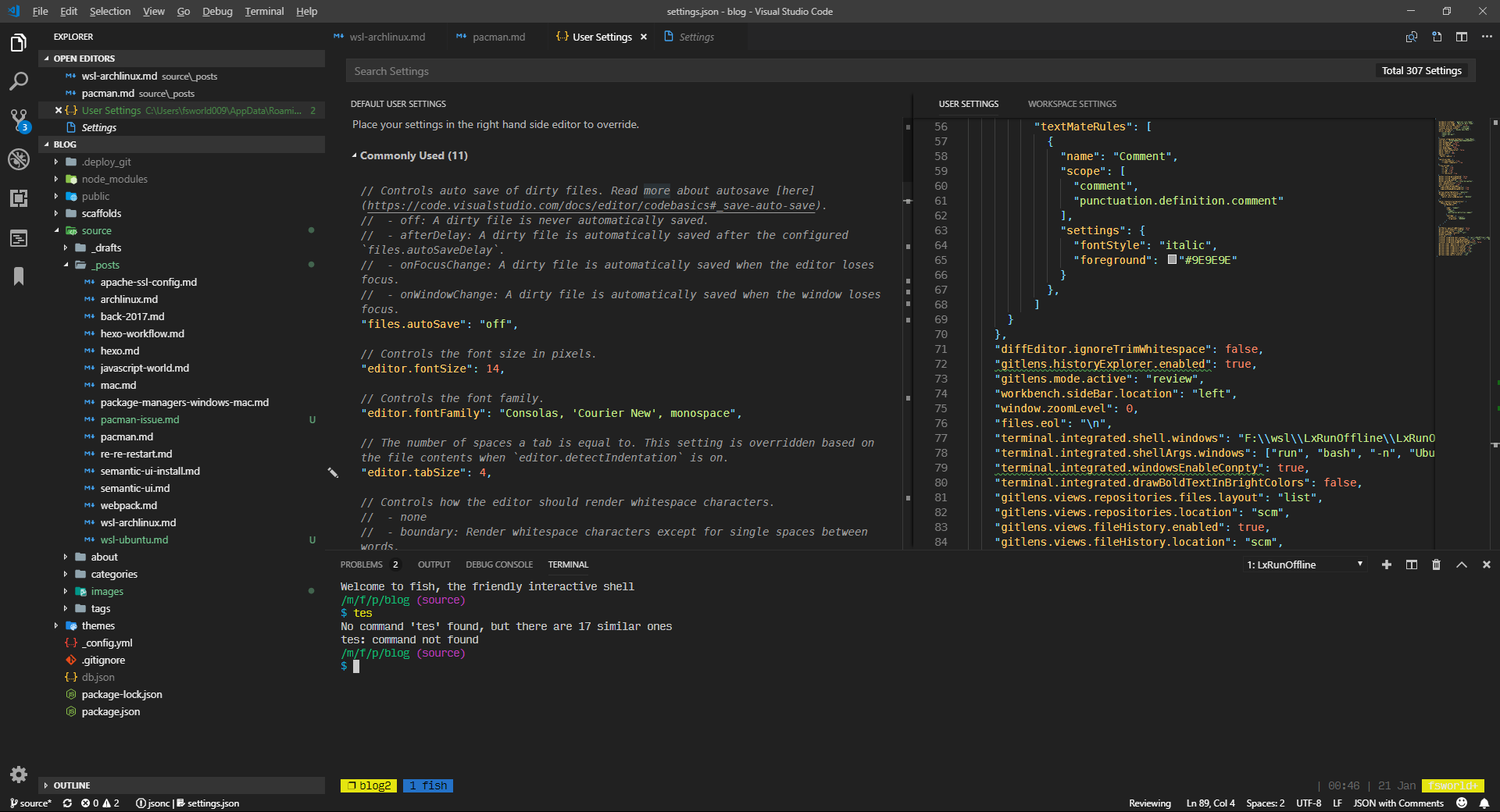

- #Brew install aquaterm terminal command how to#
- #Brew install aquaterm terminal command mac os x#
- #Brew install aquaterm terminal command update#
#Brew install aquaterm terminal command update#
Run the following command to update NVM package list and install NVM. $ brew uninstall -ignore-dependencies node If there is no NodeJS installed on your system, you can skip this step. If you have already installed NodeJS earlier, then open terminal and run the following commands to uninstall them first. Here are the steps to install NVM on Mac with Homebrew.

It will download & install homebrew for you.

If you have not installed Homebrew on your Mac, you can easily do so by opening the terminal and running the following command.
#Brew install aquaterm terminal command how to#
In this article, we will look at how to install NVM on Mac with Homebrew utility.
#Brew install aquaterm terminal command mac os x#
Optional: By following this next step we are placing watch into a system location that will allow you to run it from any location in the Terminal (You will be prompted for your password)Ĭongrats, you have added the watch command to your Mac OS X System.NVM is a shell script that allows you to easily install & manage NodeJS.

Let’s make sure everything is in working order. We are using “curl”, a command line “browser”, this will download watch to your Mac, but if you want you can use MacPorts or Homebrew to install watch as well, which are shown below:īy doing this we tell Mac OS that this is a program that can run The precompiled binary will work if you do not have homebrew or ports installed in OS X.ĭownload the precompiled “watch” command from Terminal.app How to Install & Run Watch in OS X with a precompiled binaryĪs mentioned, we have three choices installing watch as a precompiled binary, installing watch with Homebrew, or installing Watch with MacPorts. With either Homebrew or Macports, you can simply type ‘watch’ after the install has been completed to run the command. If you’re a user of HomeBrew or MacPorts, you can also install watch through those tools:įor Homebrew, install the watch command with:įor MacPorts, you can install watch with:īoth of these will also install watch onto the Mac, use whichever approach you are comfortable with. Installing Watch in Mac OS X with Homebrew or MacPorts We’ll cover the easiest three methods of getting watch on the Mac. If you really want to, you can even compile watch yourself. There are a few different ways to install Watch command in Mac OS X, including with Homebrew, MacPorts, or with a precompiled binary. The basic usage for watch is: watch -n number_of_seconds “command” If you wanted to see smaller increments you would remove the “h” and just run “df -k”. As we delete a large portion of files, or copy new files to our computer we will see these values change. The output tells us the disk size, used space, available space and percentage used (capacity) in a human readable format (thats what the “h” stands for in df -k h). If you examine the screen shot closely, in the upper left hand corner you will notice that the command is being run every 5.0s, or 5 seconds. Now of course it’s hard to demonstrate the command running in a repetitive manner using a still image, but this might be something you would want to run when monitoring the amount of space left on your hard drive while transferring a large file(s). A good example is using watch to monitor disk usage. Another way to explain this might be to say, you can turn any command line program output into a “real time” display. What is the watch command? For the unfamiliar, it’s simple to explain watch Watch will run a command repeatedly and then display the output in an “ncurses” friendly manner.


 0 kommentar(er)
0 kommentar(er)
